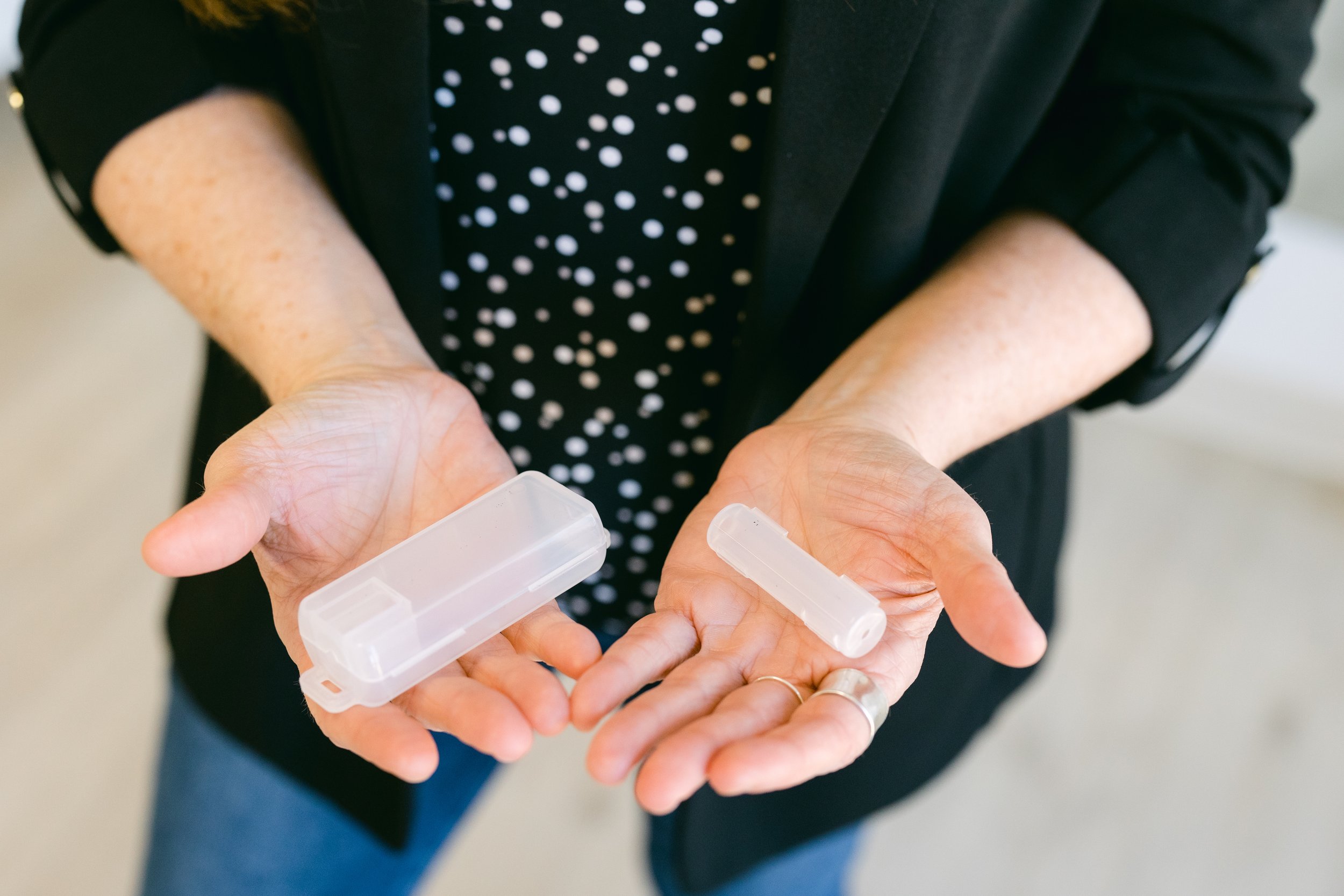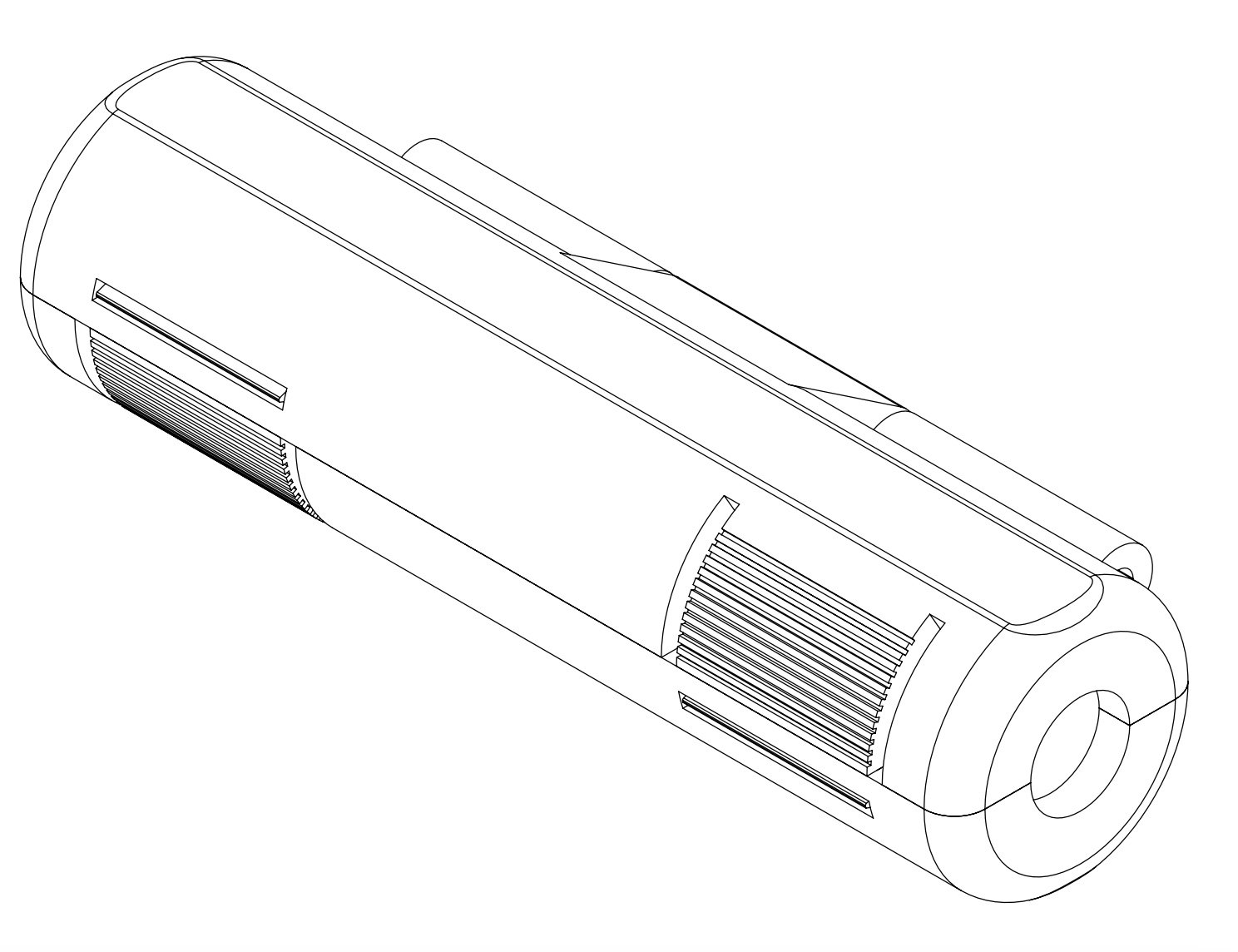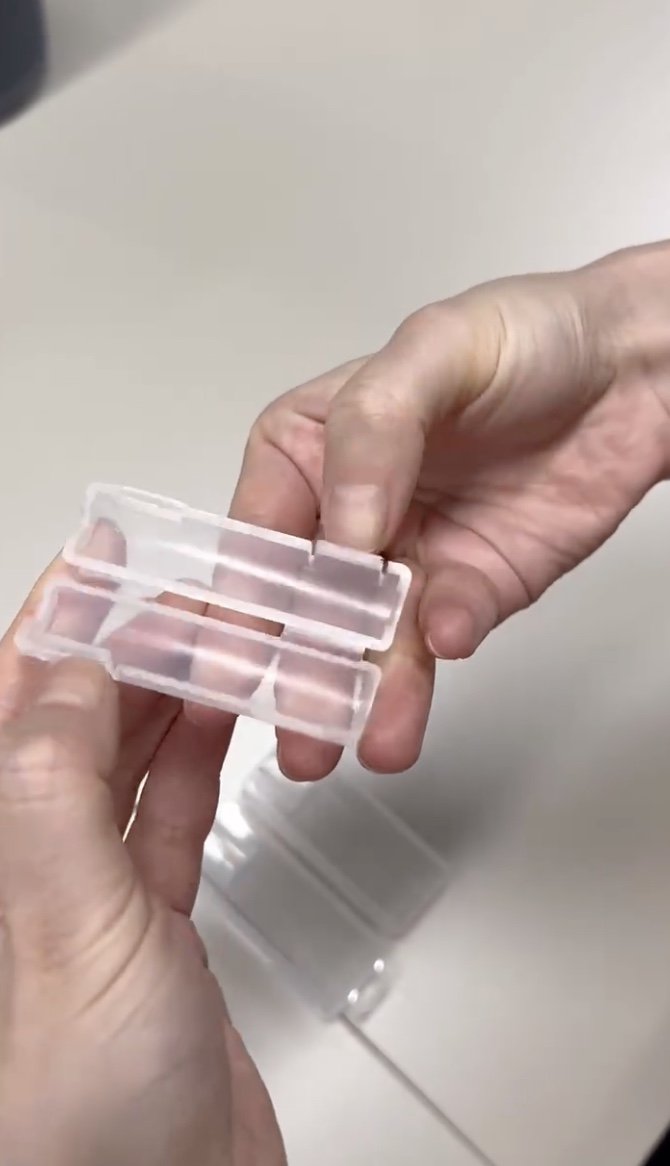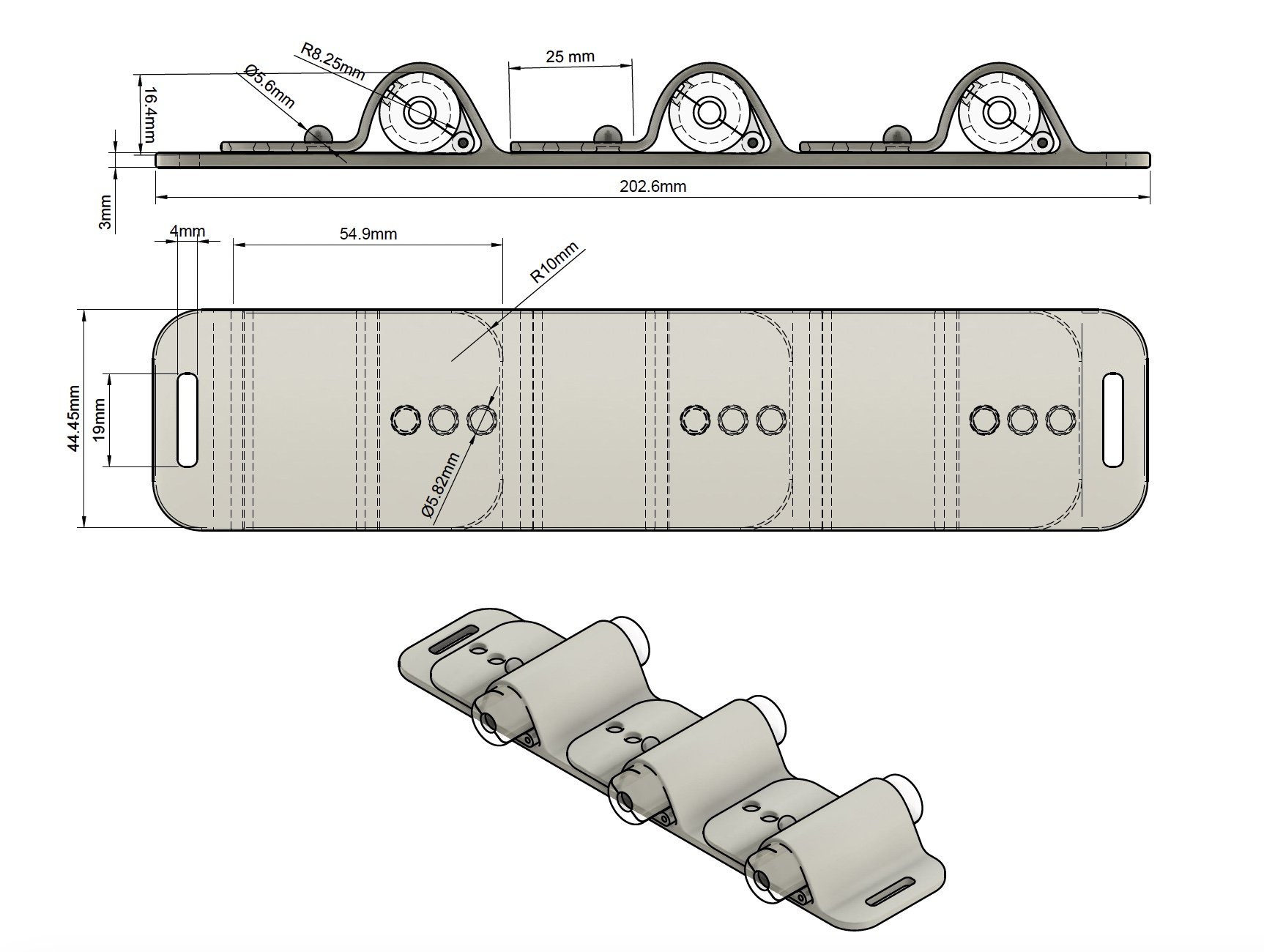
Connector Protectors
Problem: Preventing line, tube and drain disconnection remains an unmet need. When patients are bored, confused or left alone, they may intentionally or unintentionally disconnect their lines from life-saving devices. Feeding tubes that become disconnected can lead to loss of fluids and nutrition leading to dehydration and electrolyte imbalance. Intravenous access devices are used to deliver various fluids, sedation, inotropes, vasopressors, antibiotics, and other therapeutics. When IV disconnections occur, it can cause severe adverse events.
Solution: The Connector Protectors aim to provide tamper resistance with a novel closure mechanism that secures the connection points of lines, tubes and drains.
Children’s National Hospital | Washington D.C. | CNH and FDA Funded | 2022
Disconnection of catheters, lines, tubes, and drains can lead to serious or even fatal complications such as loss of vasopressors that maintain adequate blood pressure and sedation for critically ill patients, hemorrhage at insertion sites or cross contamination from drains and intravenous access devices causing life threatening infections. Complications can include organ injury, hemothorax, infections and re-expansion pulmonary edema. Preventable line, tube, and drain (LTD) incidents can lead to patient harm, increased length of hospital stays and medical complications. 48% of line, tube, drain incidents lead to physical harm in adult and pediatric intensive care units. Current staffing challenges may contribute to the amount of time a nurse may have between seeing each individual patient in her workload. Contributing factors that lead to disconnection may include fear, anxiety, boredom, confusion, agitation, or irritability in the pediatric population. In addition, any mental illness, distress, or disease process that causes confusion or irritability such as intensive care delirium, stress, anxiety disorders, anorexia nervosa, seizures, drug-related side effects, neurological conditions or side effects from treatments related to a patient’s diagnosis may also contribute to disconnections.
Currently, the family of Connector Protectors (CP) includes an IV connection point protector (CP-IV) and a G-Tube connection point protector (CP-GT). Both were developed in the context of a children’s hospital, however both devices can also be used in adult settings to prevent line, tube, and drain disconnections. In addition, we also created a few different CP-IV holders, specifically for triple IV connections.
Some of the common problems the CP products aim to prevent are:
Central line associated bloodstream infections (CLABSI)
Inaccurate I/O
Electrolyte and fluid imbalances
Cross-contamination from leaking patient drainage devices to other lines, tubes, and drains
Loss of IV medications and other IV therapeutics (fluids, sedation, blood products, etc.)
Lori Irvin, BSN, RN, CPN conceived of the Connector Protectors and was awarded funds for development through Children’s National (CNH) Founder’s Auxiliary Board and the FDA. As co-inventor, and Director of the Biodesign Program at CNH I assisted with the designs, manufacturing product for testing, patent illustrations and claims writing. We have recently completed the first feasibility study with nurses, submitted our FDA Pre-Submission application and are planning a clinical pilot study in 2025. If you are interested in this technology please visit The CNH Innovation Ventures Licensing Office. Below is a video of Lori sharing her personal story which led to this invention.
Design Team: Lori Irvin, BSN, RN, CPN and Jules Sherman, MFA
Patent Pending: Connection protector, securement system having the connection protector and uses thereof PCT/US2021/065100

















